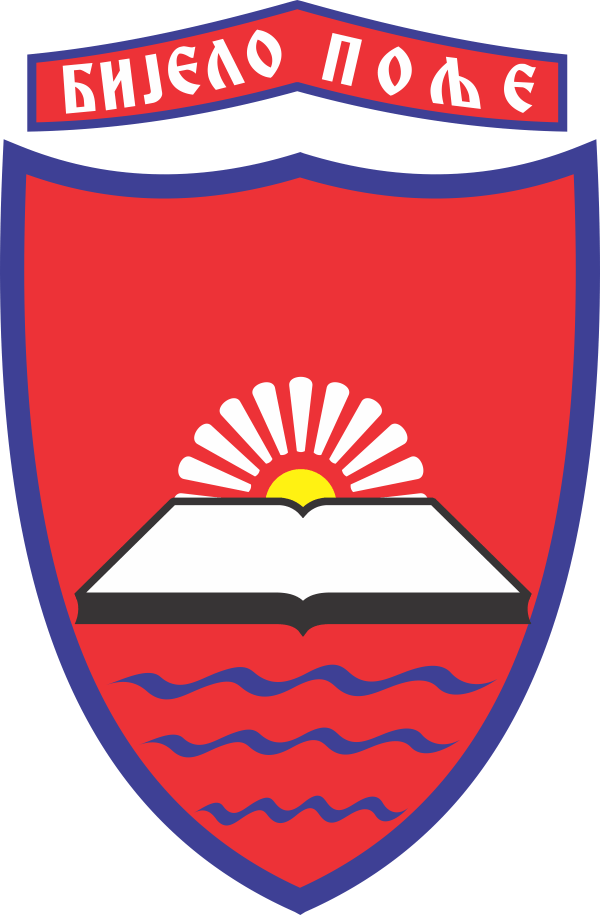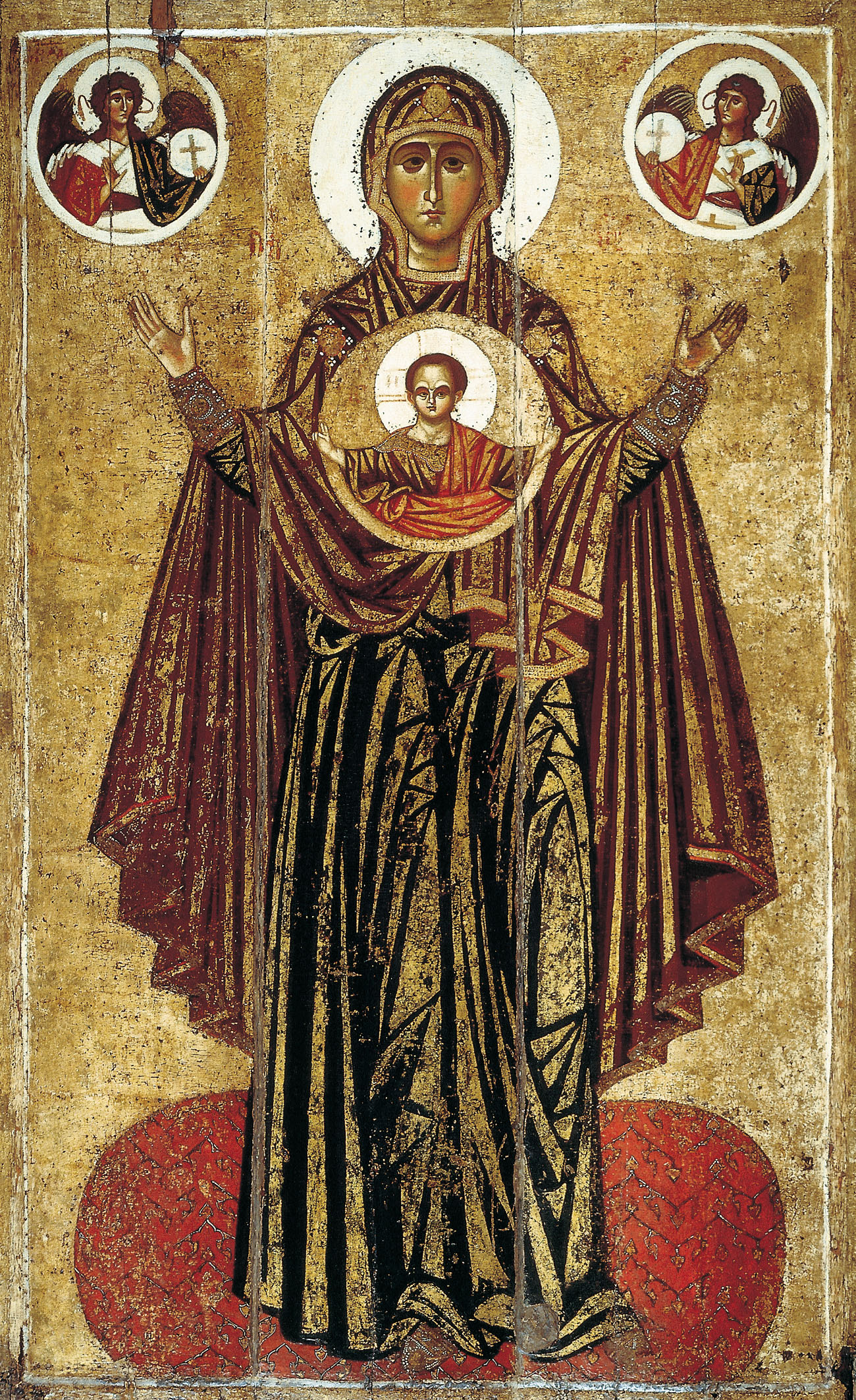|
Majstorovina Monastery
The Majstorovina Monastery ( sr, Манастир Мајсторовина, Manastir Majstorovina) is a Serbian Orthodox monastery located in the village of Majstorovina in Bijelo Polje, Montenegro. It includes the Church of the Holy Trinity, dating back to the reign of Vukan Nemanjić. It was abandoned in the 17th century, its documents having been relocated to the Dobrilovina Monastery and the Nikoljac Monastery. Architecture In terms of architectural and spatial traits, there is resemblance between the Uvac Monastery, Church of the Annunciation Monastery in Ovčar Banja, Pustinja Monastery, Dobrilovina Monastery, Majstorovina Monastery, Tronoša Monastery and others. History It includes the Church of the Holy Trinity, dating back to the reign of Vukan Nemanjić. In 1673, the valuables of the Ravna Reka monastery (''Majstorovina'') were transferred to the Dobrilovina monastery. These valuables, including books and church utensils, among which were an ancient ''panagia'', were lat ... [...More Info...] [...Related Items...] OR: [Wikipedia] [Google] [Baidu] |
Serbian Orthodox
The Serbian Orthodox Church ( sr-Cyrl, Српска православна црква, Srpska pravoslavna crkva) is one of the autocephalous (ecclesiastically independent) Eastern Orthodox Christian churches. The majority of the population in Serbia, Montenegro and the Republika Srpska entity of Bosnia and Herzegovina are members of the Serbian Orthodox Church. It is organized into metropolitanates and eparchies, located primarily in Serbia, Bosnia and Herzegovina, Montenegro, and Croatia. Other congregations are located in the Serb diaspora. The Serbian Patriarch serves as first among equals in his church. The current patriarch is Porfirije, enthroned on 19 February 2021. The Church achieved autocephalous status in 1219, under the leadership of Saint Sava, becoming the independent Archbishopric of Žiča. Its status was elevated to that of a patriarchate in 1346, and was known afterwards as the Serbian Patriarchate of Peć. This patriarchate was abolished by the Ottoman Em ... [...More Info...] [...Related Items...] OR: [Wikipedia] [Google] [Baidu] |
Majstorovina
Majstorovina ( cnr, Мајсторовина) is a village in the municipality of Bijelo Polje, Montenegro. Demographics According to the 2003 census, the village had a population of 327 people. The Majstorovina Monastery is located in the village. According to the 2011 census, its population was 310. References Populated places in Bijelo Polje Municipality {{Montenegro-geo-stub ... [...More Info...] [...Related Items...] OR: [Wikipedia] [Google] [Baidu] |
Bijelo Polje
Bijelo Polje ( cnr, Бијело Поље, ) is a town in northeastern Montenegro on the Lim (river), Lim River. It has an urban population of 15,400 (2011 census). It is the administrative, economic, cultural and educational centre of northern Montenegro. Bijelo Polje is the center of Bijelo Polje Municipality (population of 46,051). It is the unofficial center of the north-eastern region of Montenegro. Bijelo Polje means 'white field' in Serbo-Croatian language, Serbo-Croatian. History Bijelo Polje's Saint Peter and Paul Church is the place where the UNESCO Miroslav's Gospel of Miroslav of Hum, Miroslav, brother of Serbian ruler Stefan Nemanja was written. During World War II, Bijelo Pole was a prominent location for the anti-fascist resistance movement in Yugoslavia, Montenegro in particular. Population Bijelo Polje is the administrative centre of the Bijelo Polje municipality, which in 2011 had a population of 46,251. The town of Bijelo Polje itself has 15,400 citizens. P ... [...More Info...] [...Related Items...] OR: [Wikipedia] [Google] [Baidu] |
Montenegro
) , image_map = Europe-Montenegro.svg , map_caption = , image_map2 = , capital = Podgorica , coordinates = , largest_city = capital , official_languages = Montenegrin , languages2_type = Languages in official use , languages2 = , ethnic_groups = , ethnic_groups_year = 2011 , religion = , religion_year = 2011 , demonym = Montenegrin , government_type = Unitary parliamentary republic , leader_title1 = President , leader_name1 = Milo Đukanović , leader_title2 = Prime Minister , leader_name2 = Dritan Abazović (acting) , leader_title3 = Speaker , leader_name3 = Danijela Đurović , legislature = Skupština , sovereignty_type = Establishment history , established_event1 = Principality of Duklja , established_date1 ... [...More Info...] [...Related Items...] OR: [Wikipedia] [Google] [Baidu] |
Vukan Nemanjić
Vukan Nemanjić ( sr-cyr, Вукан Немањић, ; before 1165 – after 1207) was the Grand Prince of the Grand Principality of Serbia from 1202 to 1204. He was the Grand Prince of Pomorje (titular King) from 1195 until his death. He was the eldest (of three), but his father had instead chosen his younger brother Stefan as heir, as soon as his father died, he plotted against his brother, Stefan II Nemanjić, and took the throne by force, in a coup assisted by the Kingdom of Hungary. He was defeated two years later, and was pardoned by his third brother, who became Saint Sava, and he continued to rule his appanage of Zeta unpunished. Life Vukan was born as the eldest son of Serbian Grand Prince Stefan Nemanja (r. 1166-1196) and his wife Anastasija. His younger brothers were Stefan Nemanjić and Rastko Nemanjić, and he also had two sisters. His father had managed to secure the independence from the Byzantine Empire after the death of emperor Manuel I (1180), and then conquere ... [...More Info...] [...Related Items...] OR: [Wikipedia] [Google] [Baidu] |
Dobrilovina Monastery
The Dobrilovina Monastery ( sr, Манастир Добриловина, Manastir Dobrilovina) is a Serbian Orthodox monastery in Donja Dobrilovina, Mojkovac, northern Montenegro. It is located on the left Tara river banks, in a region known as '' Potarje'', at the beginning of the Tara River Canyon, the deepest river canyon in Europe. The village of Dobrihnina (later Dobrilovina) was mentioned in a Nemanjić charter in 1253, though the oldest preserved mention of the monastery dates back to 1592, when the Ottoman authorities allowed the locals to rebuild their monastery in Dobrilovina. In 1609, the current standing church dedicated to St. George was finished; the frescoes were finished by 1613. This church has been pillaged, abandoned, destroyed and renovated several times since its founding. Geography The monastery is located on the left Tara river banks, in a region known as '' Potarje'', at the beginning of the Tara River Canyon, which is the deepest river canyon in Europe. ... [...More Info...] [...Related Items...] OR: [Wikipedia] [Google] [Baidu] |
Uvac Monastery
The Uvac Monastery ( sr, Манастир Увац) is a Serbian Orthodox monastery in western Serbia. Architecture The monastery was built in the Raška architectural school. In terms of architectural and spatial traits, there is resemblance between the Uvac Monastery, Morača Monastery, Church of the Annunciation Monastery in Ovčar Banja, Pustinja Monastery, Dobrilovina Monastery, Majstorovina Monastery, Tronoša Monastery and others. See also *List of Serbian Orthodox monasteries This is a list of Serbian Orthodox Christian monasteries in Serbia and near areas (Montenegro, Bosnia and Herzegovina, Croatia, North Macedonia, and Kosovo), also Romania, Hungary, Greece, Germany, United States of America, Canada, and Australia. ... References External links *http://www.uzice.net/uvac/uvace.htm 13th-century Serbian Orthodox church buildings 17th-century Serbian Orthodox church buildings Serbian Orthodox monasteries in Serbia 1622 establishments in the Ottoman Empir ... [...More Info...] [...Related Items...] OR: [Wikipedia] [Google] [Baidu] |
Ovčar Banja
Ovčar Banja ( sr-cyr, Овчар Бања) is a village and a spa located in the city of Čačak, Serbia. Located near the Ovčar-Kablar Gorge in the valley of the West Morava, it is known as the "Serbian Mount Athos" because of the numerous monasteries situated in this area. As of 2011 census, it has a population of 122 inhabitants. The monasteries of Vavedenje, Nikolje, Jovanje, Preobraženje, Sretenje, Svete Trojice, Blagoveštenje, Uspenije, Vaznesenje and Ilinje have existed in this gorge for centuries. The church of St. Sava and the cave church Kađenica are also situated in this region. Geography The hydrogeological researches were insufficient, though they were conducted in two periods, 1978–83 and 1989–92. It was concluded that the spa area represents a complex, discontinuous water-bearing terrain. The terrain itself is the tectonically damaged and karstified limestone from the Middle Triassic. The land was drilled up to , where the hot water of was discovered. The ... [...More Info...] [...Related Items...] OR: [Wikipedia] [Google] [Baidu] |
Pustinja Monastery
The Pustinja Monastery ( sr, Манастир Пустиња, Manastir Pustinja) is a Serbian Orthodox monastery in village Poćuta near Valjevo in Central Serbia. According to local legends this monastery was built in the 13th century by king Dragutin. Scientific researches found that the monastery was actually built in 1622 on the remnants of the older monastery which was built in the 11th century. The construction of the monastery has been completed on 25 June 1622. Architecture The monastery was built in the Raška architectural school. In terms of architectural and spatial traits, there is resemblance between the Uvac Monastery, Church of the Annunciation Monastery in Ovčar Banja, Pustinja Monastery, Dobrilovina Monastery, Majstorovina Monastery, Tronoša Monastery and others. See also *List of Serb Orthodox monasteries This is a list of Serbian Orthodox Christian monasteries in Serbia and near areas (Montenegro, Bosnia and Herzegovina, Croatia, North Macedonia, an ... [...More Info...] [...Related Items...] OR: [Wikipedia] [Google] [Baidu] |
Tronoša Monastery
The Tronoša Monastery ( sr, / ) is a Serbian Orthodox monastery between the villages of Tršić and Korenita, in the administrative town of Loznica, in western Serbia. It is ecclesiastically part of the Eparchy of Šabac. According to tradition, the monastery was built by King Stefan Dragutin. Location The monastery is located southeast of Loznica. It is situated in the forested area of the Korenita village. However, being also close to the village of Tršić and as the first school of a linguist and language reformer Vuk Stefanović Karadžić who was also from Tršić, the monastery is popularly connected to this village. History Old monastery There are no proper historical records which confirm the origin of the monastery and everything known about it is according to the various traditional writings. The monastery was an endowment of King Stefan Dragutin. However, he died in 1316 and the construction was finished by his widow, Queen Catherine in 1317. It was na ... [...More Info...] [...Related Items...] OR: [Wikipedia] [Google] [Baidu] |
Panagia
Panagia ( el, Παναγία, fem. of , + , the ''All-Holy'', or the ''Most Holy''; pronounced ) (also transliterated Panaghia or Panajia), in Medieval and Modern Greek, is one of the titles of Mary, mother of Jesus, used especially in Eastern Catholicism and Orthodox Christianity. Most Greek churches dedicated to the Virgin Mary are called ''Panagia''; the standard western Christian designation of "St. Mary" is rarely used in the Orthodox East, as Mary is considered the holiest of all created beings and therefore of higher status than the Saints. Iconography ''Panagia'' is also the term for a particular type of icon of the Theotokos, wherein she is facing the viewer directly, usually depicted full length with her hands in the ''orans'' position, and with a medallion showing the image of Christ as a child in front of her chest. This medallion symbolically represents Jesus within the womb of the Virgin Mary at the moment of the Incarnation. This type of icon is also called t ... [...More Info...] [...Related Items...] OR: [Wikipedia] [Google] [Baidu] |





